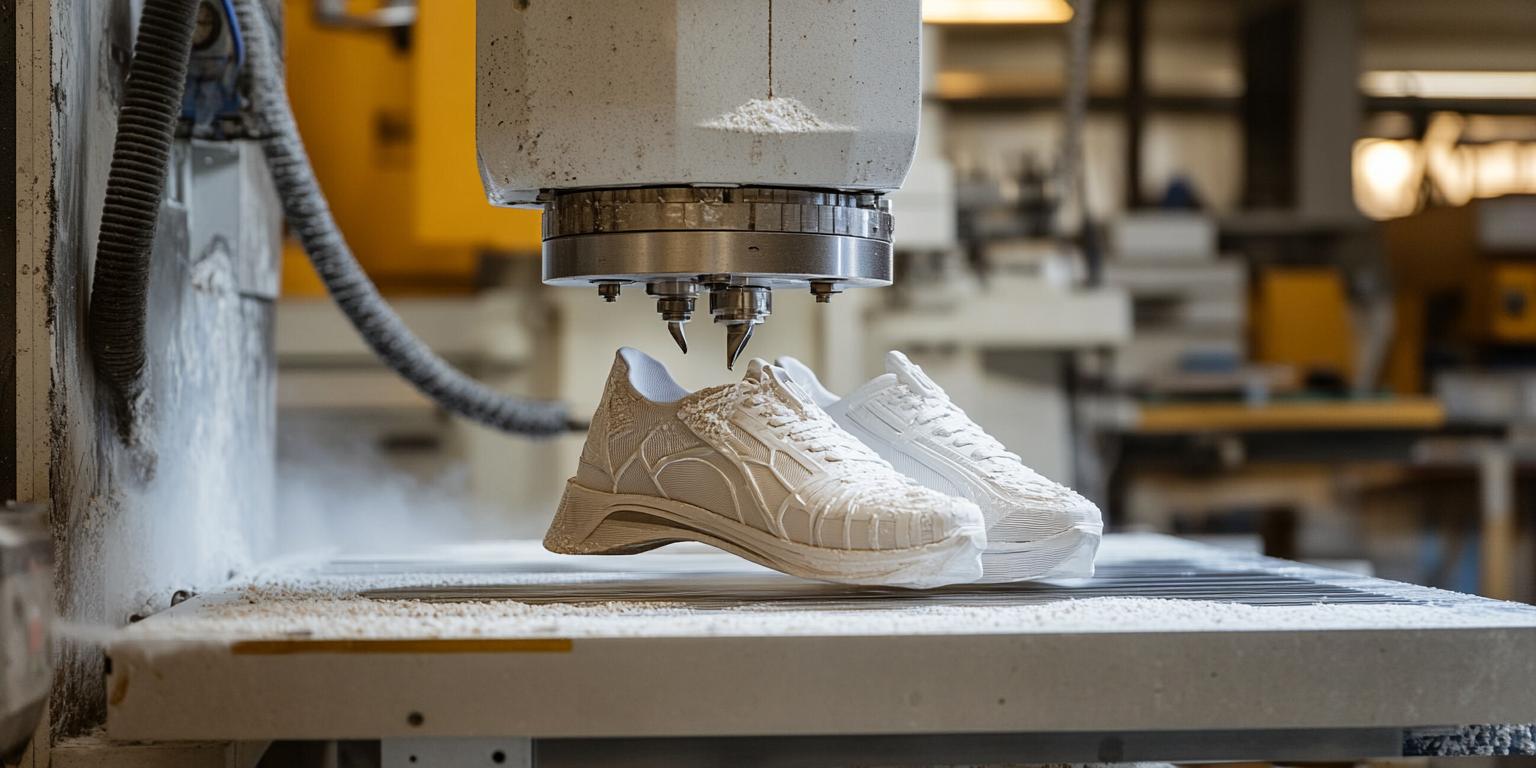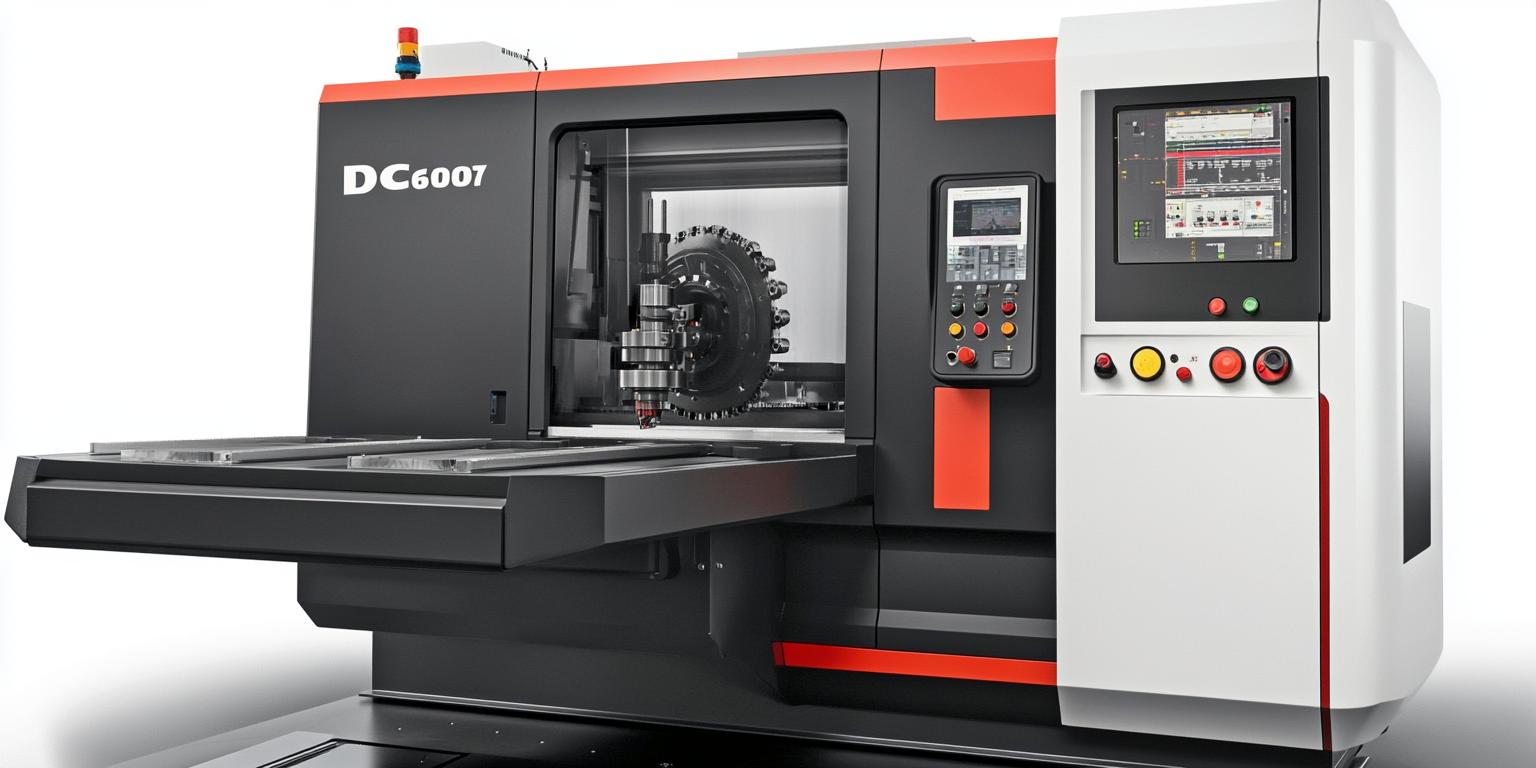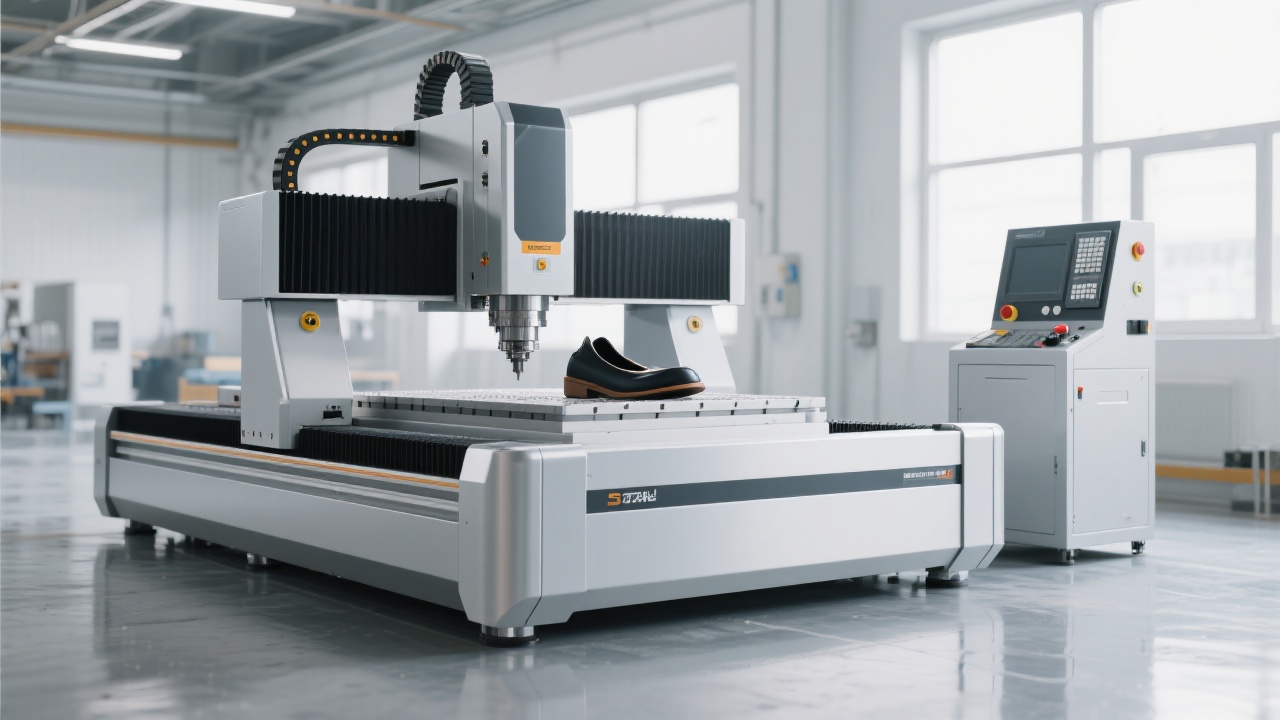
In the shoe mold manufacturing industry, I've witnessed firsthand the persistent challenges that plague businesses. The time-consuming process of tool changing, low efficiency, and high labor costs are like thorns in the side of shoe mold enterprises, constantly hindering productivity and profitability. Today, I'm excited to share some in-depth insights into the Automatic Tool Changer (ATC) system, a game - changer that can significantly enhance the equipment utilization rate in shoe mold factories.
Frequent tool changes often lead to machine downtime, wasted production capacity, and increased labor costs. On average, a shoe mold factory may spend up to 30% of its production time on tool - changing operations. This not only reduces the overall efficiency but also adds a substantial financial burden due to the high labor costs associated with manual tool changing.
There are two main types of tool magazines commonly used in shoe mold milling machines: arm - type and drum - type. The arm - type tool magazine has distinct stability advantages in high - speed and high - load scenarios. In contrast, the drum - type tool magazine is more suitable for low - speed and small - batch production. For example, in a high - volume shoe mold production line, an arm - type tool magazine can reduce the tool - changing time by up to 40% compared to a drum - type one.

The tool - changing process involves several key steps, from tool identification to path planning. First, the system needs to accurately identify the required tool. Then, it plans the optimal path for the tool to move from the tool magazine to the spindle. Each step must be precisely executed to ensure smooth and efficient tool changing. For instance, proper tool identification can reduce the error rate in tool selection to less than 1%.
To improve the accuracy and speed of tool changing, parameter adjustment and coordinate calibration are crucial. By fine - tuning the tool - changing parameters, such as the speed of the tool - changing arm and the delay time, we can optimize the overall process. Coordinate calibration ensures that the tool is placed in the correct position every time. In practice, these adjustments can increase the tool - changing speed by up to 25%.

Even with a well - designed ATC system, problems may still occur. Common issues include tool - changing failures and tool position deviations. To quickly diagnose these problems, I've prepared a diagnostic table. For example, if the tool - changing fails, we can first check the tool identification sensor and the communication between the control system and the tool magazine. By referring to this table, we can reduce the troubleshooting time by up to 50%.
| Problem | Possible Cause | Solution |
|---|---|---|
| Tool - changing failure | Sensor malfunction, communication error | Check and replace the sensor, verify the communication line |
| Tool position deviation | Coordinate calibration error, mechanical wear | Recalibrate the coordinates, replace worn - out parts |
In various production scenarios, such as multi - product switching, continuous processing, and high - load operation, the ATC system shows excellent stability. For example, a Southeast Asian shoe factory using our ATC system has increased its tool - changing efficiency by 40%, significantly improving the overall equipment utilization rate. The Kaibo CNC ATC system has served over a hundred shoe mold factories globally, demonstrating its reliability and effectiveness.

If you're looking to enhance the equipment utilization rate in your shoe mold factory, don't miss out on the valuable insights and solutions shared in this article. Click here to learn more about how our ATC system can transform your production process!

